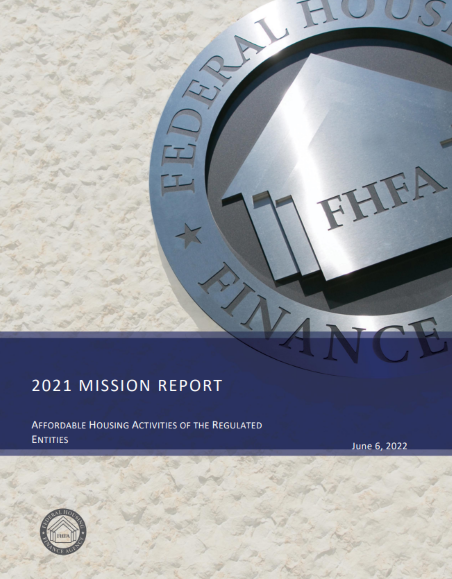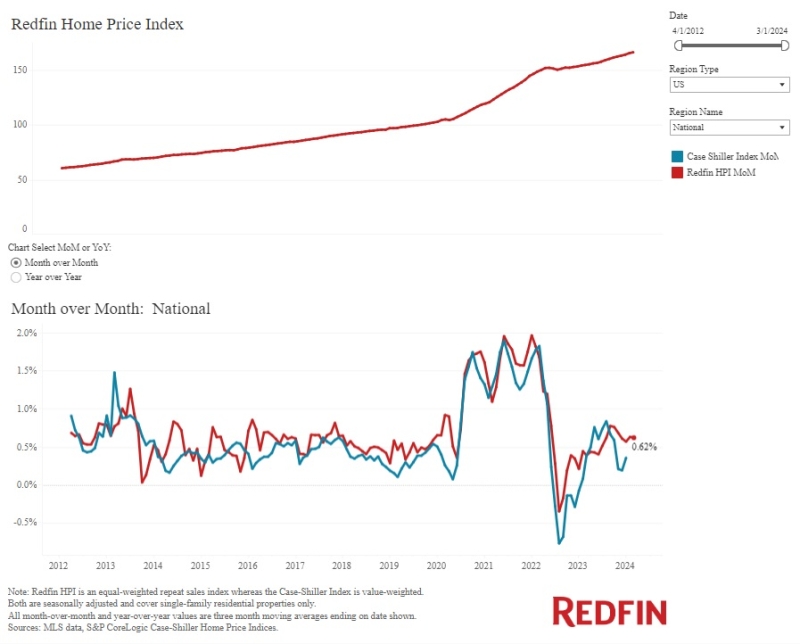
FHFA Releases Inaugural Mission Report

The report for 2021 highlights progress in supporting greater access to financing for targeted economic development and affordable, sustainable, and equitable housing.
The Federal Housing Finance Agency (FHFA) this week released its inaugural Mission Report describing how Fannie Mae, Freddie Mac, and the Federal Home Loan Banks fared in 2021 in providing greater access to financing for targeted economic development and affordable, equitable, and sustainable housing.
As part of its oversight of the regulated entities, the FHFA said it ensures a focus on mission-driven activities to provide liquidity, stability, and affordability to the mortgage market through:
- Enterprise programs and initiatives including Housing Goals, Duty to Serve (DTS), Fair Lending, and the Conservatorship Scorecard; and
- FHL Bank programs, including the Affordable Housing Program (AHP) and the Community Investment Program (CIP).
The FHL Banks also provide funding to support targeted economic development lending by their member financial institutions through their CIPs and Community Investment Cash Advance (CICA) Programs.
“FHFA is committed to promoting affordability, equity, and sustainability in the nation's housing finance markets," FHFA Director Sandra L. Thompson said. “Our regulated entities have made progress in many mission-driven areas, and we will continue to improve affordable housing opportunities to support homeowners and renters."
Highlights from the 2021 Mission Report include:
- Fannie Mae & Freddie Mac (the Enterprises) acquired more than 360,000 homeownership loans through their affordable housing programs; 62% of the acquisitions were loans to first-time homebuyers.
- The Enterprises acquired nearly $140 billion in multifamily loans (totaling over 1.3 million units); 57% of those acquisitions qualified as mission-driven affordable housing loans under Appendix A of the Conservatorship Scorecard.
- The Enterprises acquired more than 110,000 DTS single-family loans. Of those loans, more than 20,000 were affordable to very low-income borrowers, and more than 70% of DTS loans acquired were in the rural housing market.
- The Enterprises' purchased loans on nearly 156,000 DTS multifamily units. More than 48 percent of those units were affordable to very low-income households. More than 75 percent of DTS units financed by Enterprise loan purchases were in the affordable housing preservation market.
- From 2018 to 2021, the FHL Banks provided almost $1.7 billion under their AHPs, supporting more than 168,000 units for low- or moderate-income households, including more than 88,000 very low-income units. The FHL Banks provided close to $22 billion in CIP housing and CICA targeted economic development advances, with the CIP supporting over 83,000 units for households with incomes at or below 115 percent of area median income.




